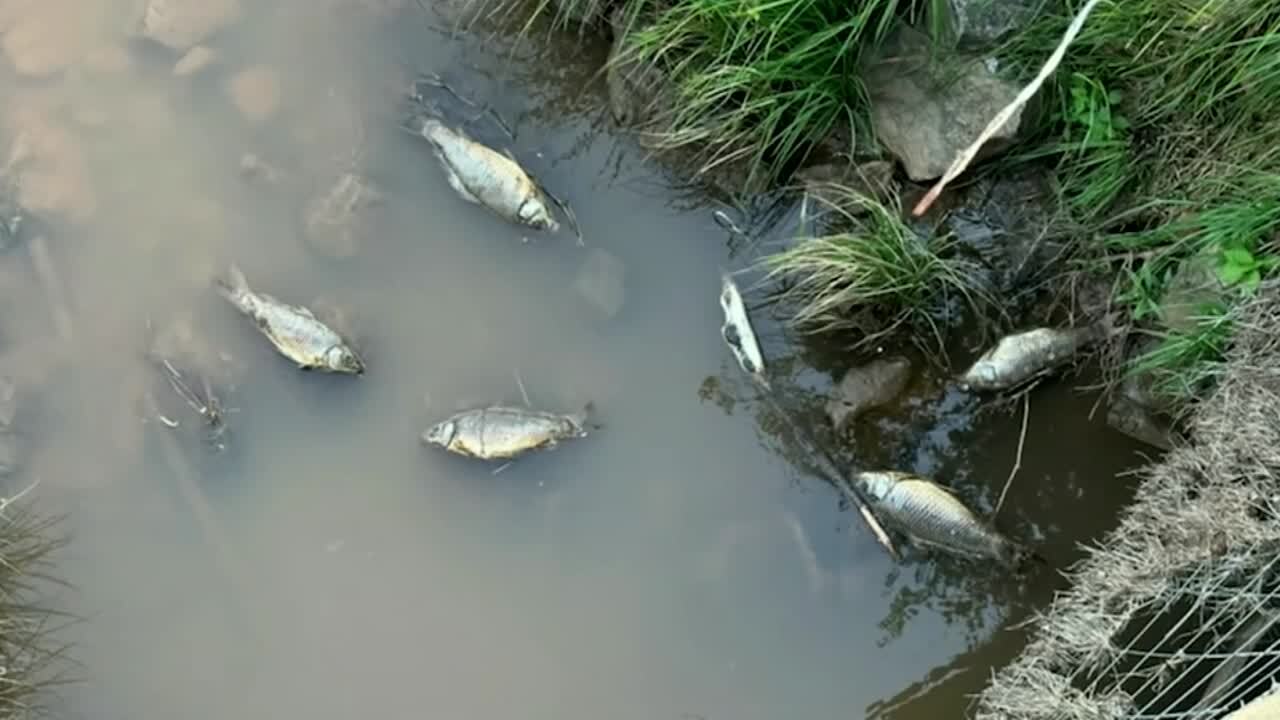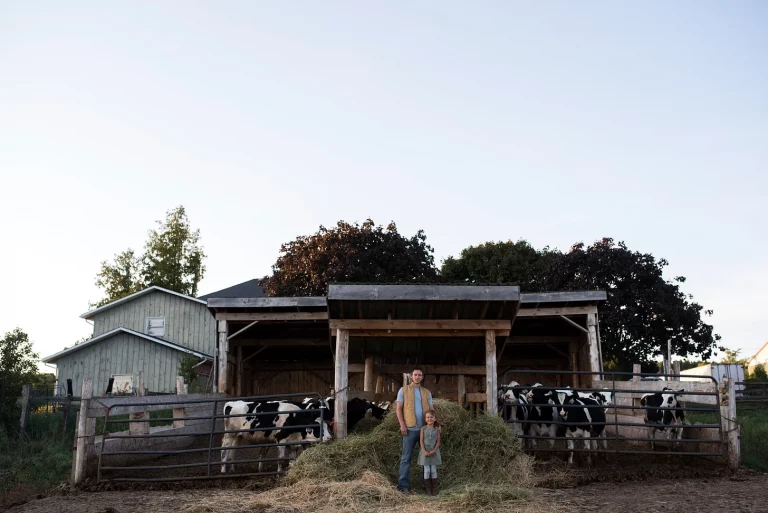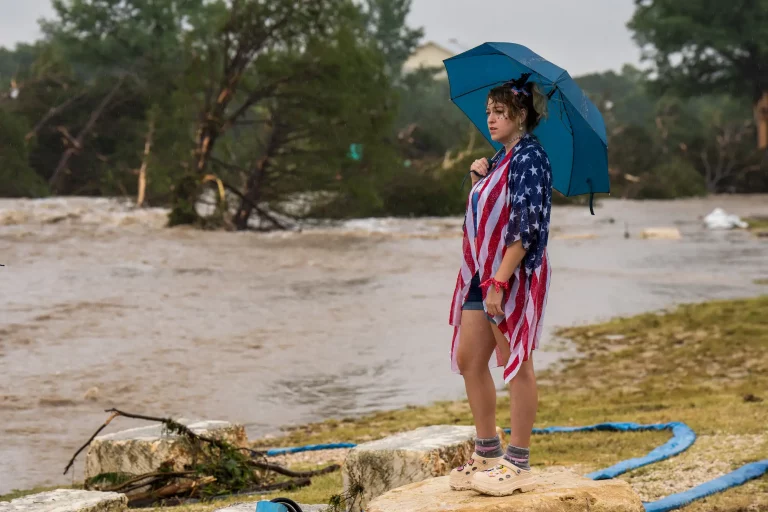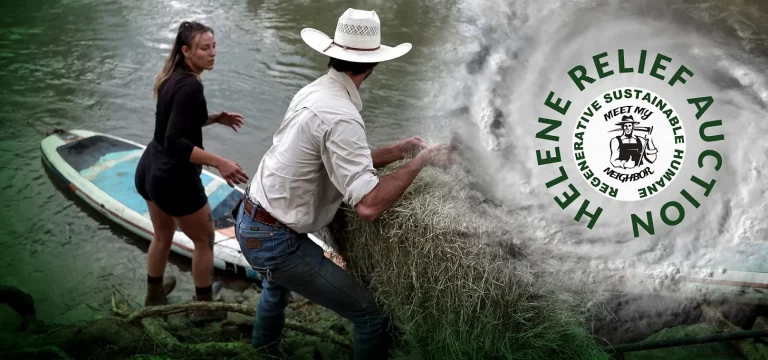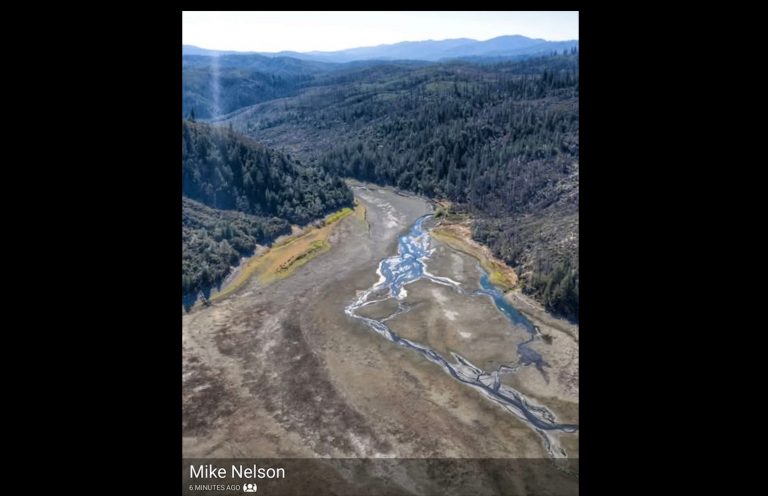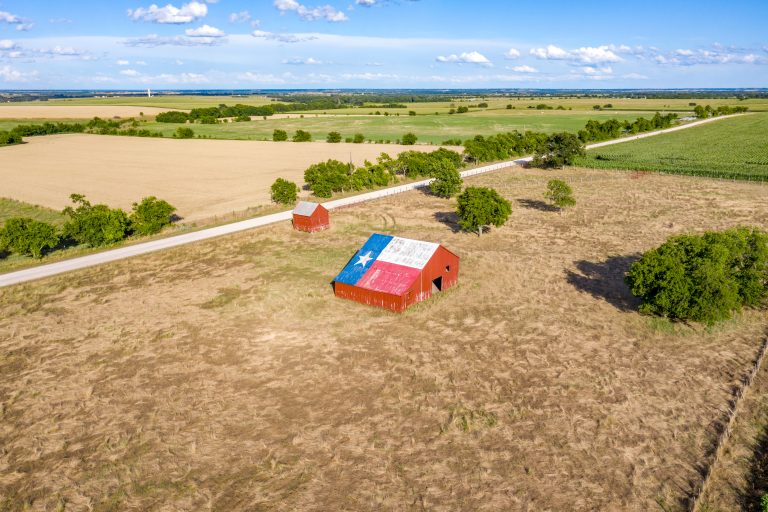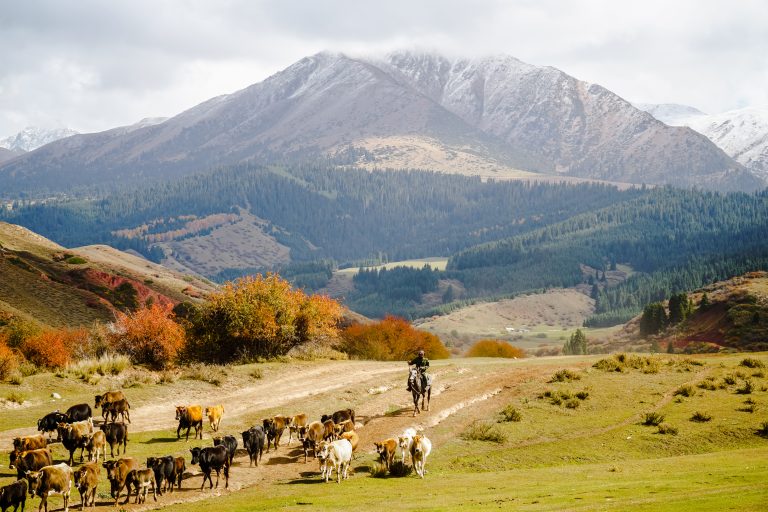Yanasa TV News
Oklahoma ranchers lose dozens of cattle as saltwater contamination seeps into Five Mile Creek.
EAKLY, Okla. — A creeping saltwater contamination has turned Five Mile Creek into a danger zone for livestock and raised alarm among ranchers over their water supplies.
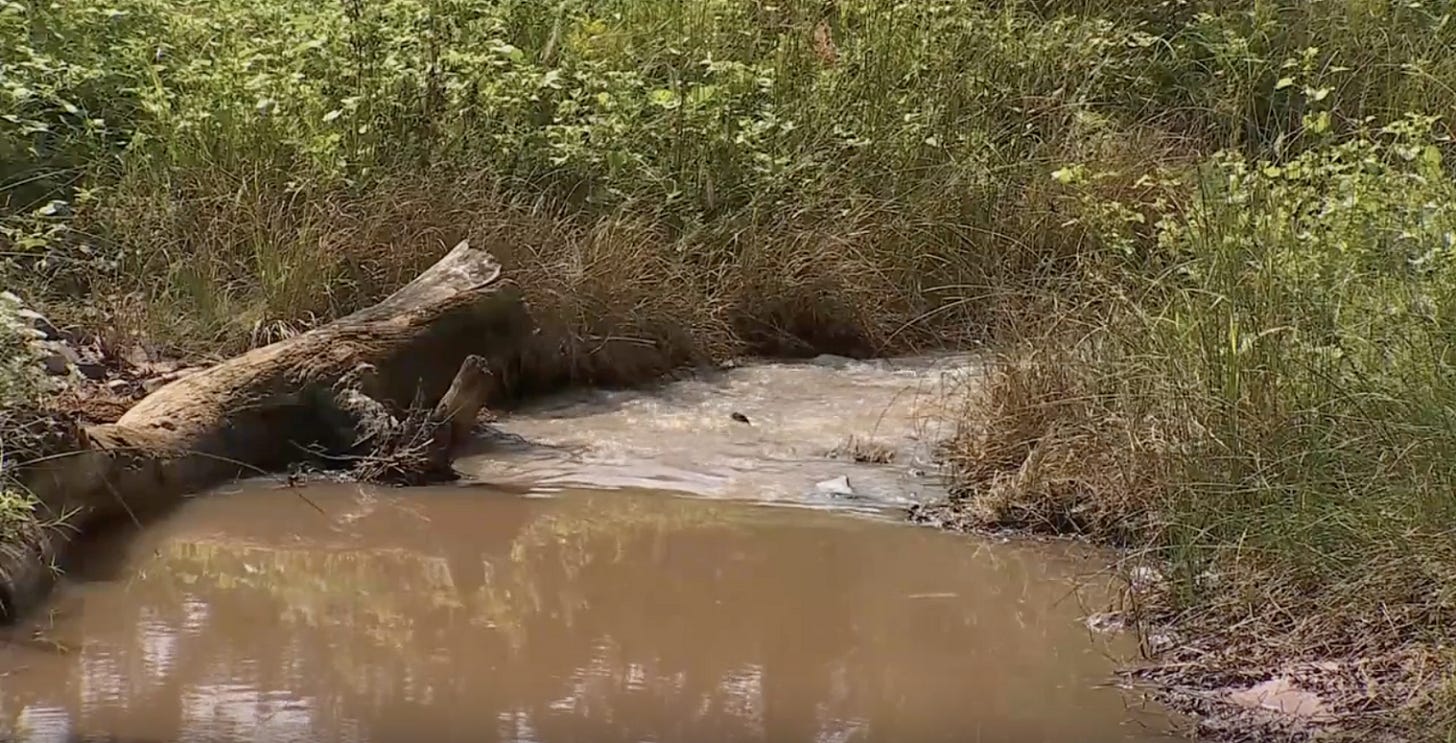
At Least 25 Cattle Lost; Threats to Water
Rancher Mike Loula says he’s already lost 23 cows and two calves — and continues to lose more each day. He recounts that on one morning he was alerted to a cow in the creek and another on the bank, and from there the losses multiplied.
“We started gathering all the cattle out of the creek, and bringing them … into fresh water. They attacked the fresh water,” Loula said.
He also recalled noticing bubbling and boiling activity before regulators dug pits nearby, which led him to suspect the contamination was entering the creek. “First I noticed … there was a hole and it was just sitting there bubbling, and boiling,” he said.
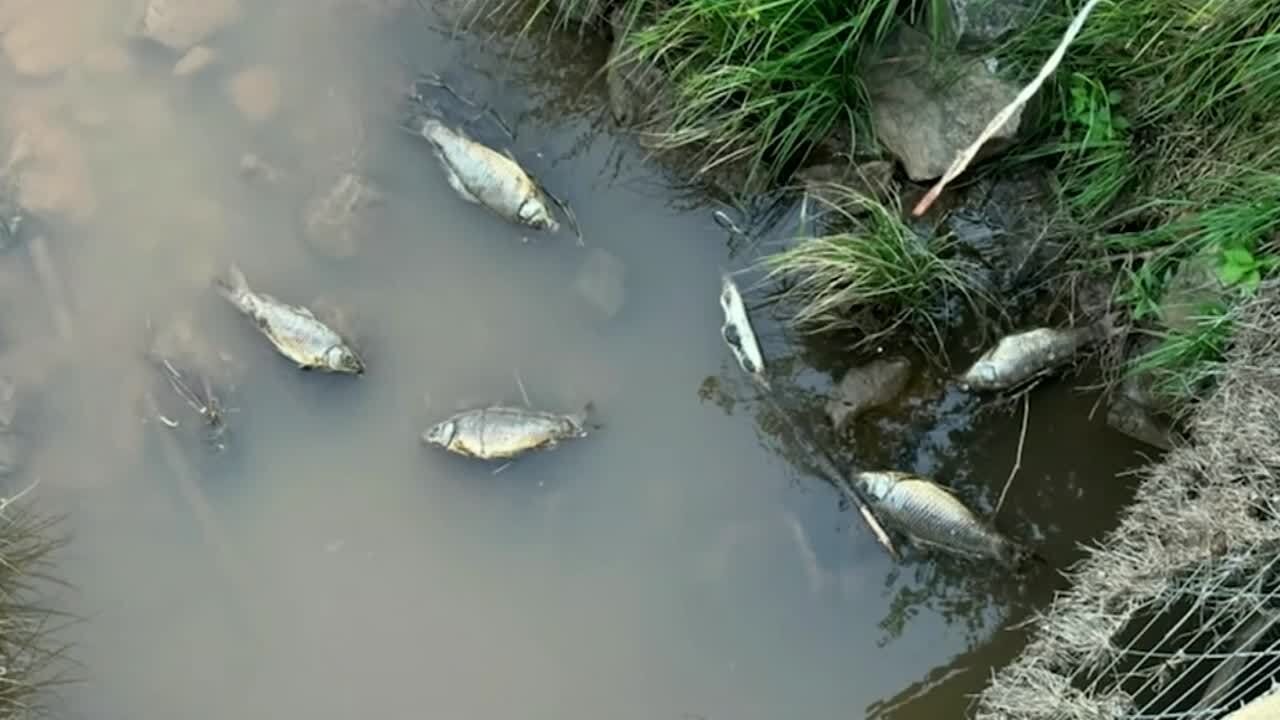
Officials Investigate Saltwater “Purge” and Source
State agencies including the Oklahoma Corporation Commission (OCC) and Oklahoma Department of Environmental Quality (DEQ) have opened an investigation into what regulators are calling a “purge” of saltwater into the creek.
The DEQ says on the surface, the contamination “appears to be saltwater.”
The OCC has asked operators of nearby wells to temporarily pause operations while field testing continues, and crews have been ordered to pump saltwater out of creek segments and maintain drained trenches until the source is found.
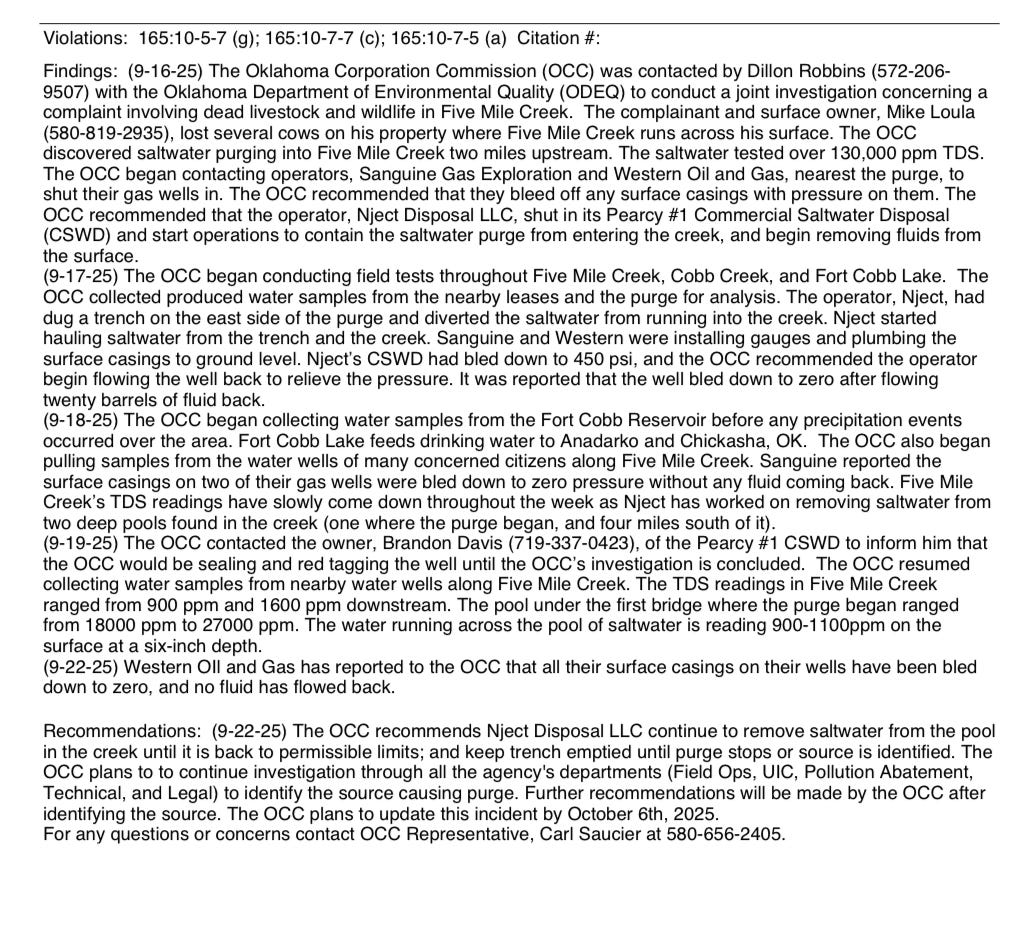
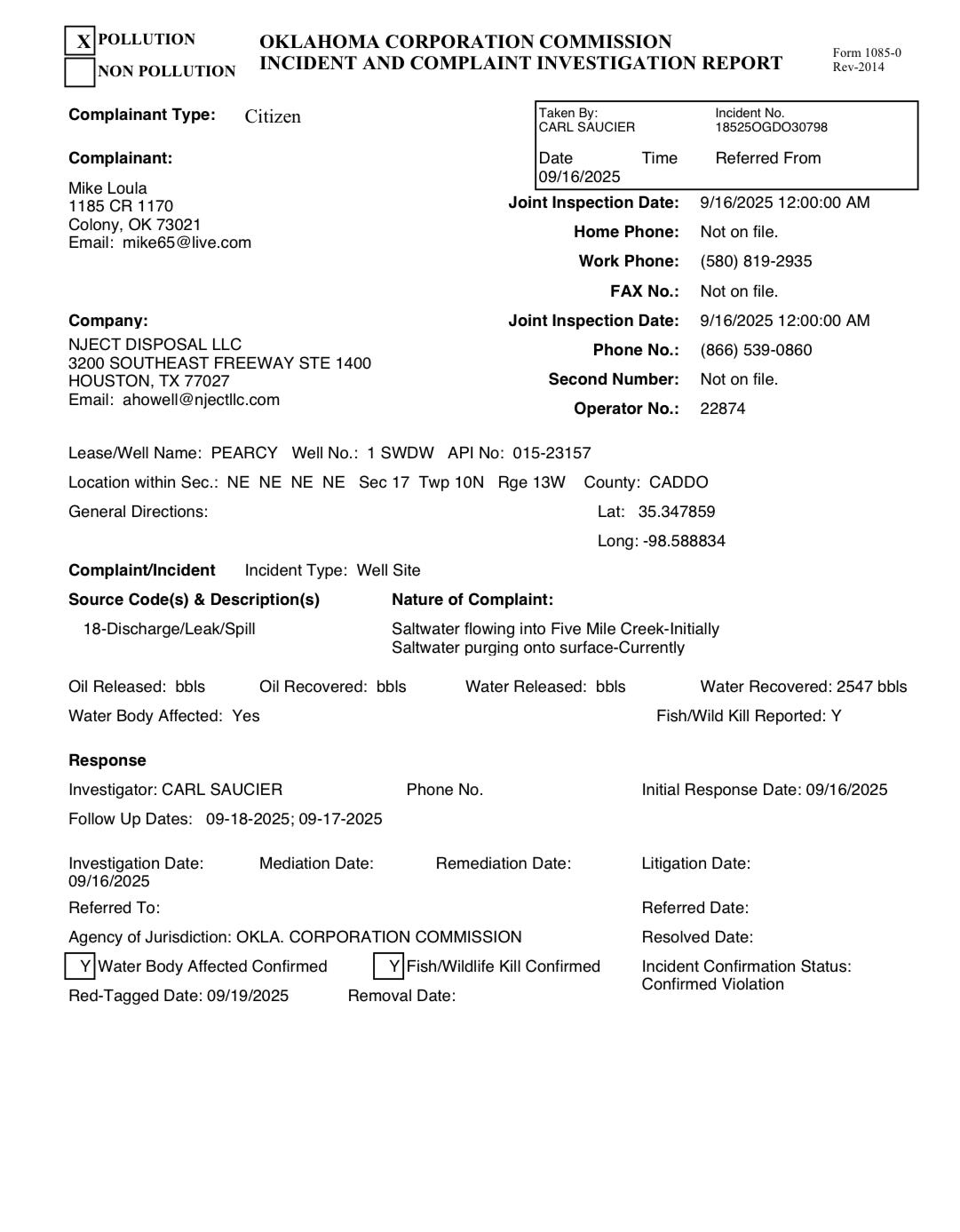
Environmental Signals & Community Concerns
Loula says he’s already seen dead fish, wildlife, and vegetation along the creek. “We’ve seen dead fish. We’ve seen dead animals. We’ve seen sick animals … wildlife, particularly fish, is susceptible to changes in the environment,” he told KOCO.
He fears the contamination could spread downstream into Fort Cobb Lake, which provides water to nearby communities.
So far, tests of the lake and nearby wells have shown no evidence of contamination, but monitoring is ongoing.
What’s Known & What’s Not
- Known
• Dozens of cattle have died or continue to die.
• State regulators believe the contamination is saltwater and are tracing the source.
• Remediation steps are underway (pumping, trenching, well suspensions).
• No confirmed drinking-water impact yet downstream. - Unknown / Under Investigation
• The exact well, pipe, or facility source of the saltwater.
• Whether the release was accidental, structural failure, or some other cause.
• The full geographic and hydrologic reach of the contamination plume.
• Long-term soil, vegetation, and groundwater damage.
The Stakes for Ranchers & Rural Land
For Mike Loula and other affected ranchers, this is more than livestock mortality. Their water rights, future grazing lands, and ability to survive another season hang in the balance.
Loula emphasized the urgency: “We need to find the source. It needs to be stopped,” he said.
As regulators close in, communities will watch for whether accountability follows and whether water lost can ever truly be reclaimed.

